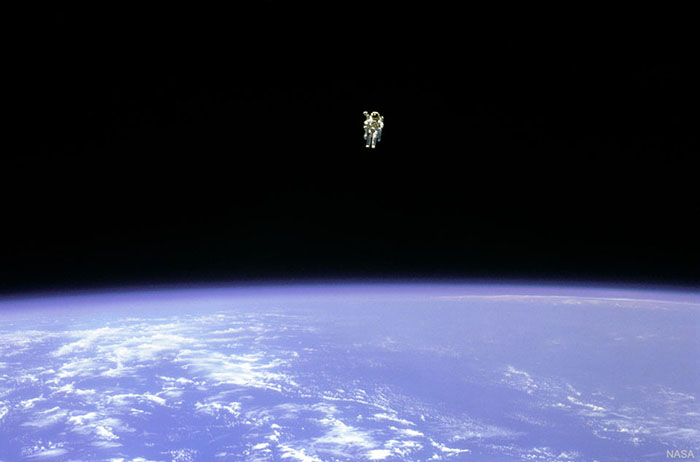Forces
Simply stated, a force is something that pushes or pulls a massive object.

Isaac Newton originated the concept of forces, encapsulating the theory in terms of three laws, known as Newton's laws.
Newton's first law
An object at rest stays at rest. An object in motion stays in motion at a constant speed in a straight line unless acted upon by an unbalanced force.

This introduced the notion of a force. The mathematical relationship deriving the nature of forces was defined in Newton's second law. Even so, the first law states something fundamental about the behavior of objects. An object doesn't have a natural state of rest.
Before Newton, people thought that the natural state of an object was to be at rest as close as possible to the center of the universe (which was, of course, the center of the earth). They thought that if an object was disturbed, it would move and then return to rest.
Newton's second law
The net force on an object is equivalent to the product of object's mass and its acceleration.
Force is a vector. It has a magnitude and a direction. In the simplest terms, you can think of a force as a push or a pull. An object can have more than one force acting on it. If we add up all of the forces acting on an object, we call this the net force. It can be a tricky business, since the forces can be acting in different directions. An object can have two forces acting on it and still have a net force of zero if the two forces are acting in different directions and have the same magnitude.
If we sum up all of the forces acting on an object, and divide by the mass of the object, we will have calculated its acceleration.


In the image above, the donkey has several forces acting on it. Can you identify them? Since the donkey is not changing its velocity, the net force must be zero.
There is one more thing to consider here. We need to define what mass means. Mass is related to weight. Weight is defined as mass x acceleration due to gravity. Acceleration due to gravity is often represented by the letter g. mathematically we would write
Fg = mg
Now the acceleration due to gravity is pretty nearly constant on the surface of Earth, but it is very much different, say, on the moon. Your mass is the same on Earth and on the moon, but your weight is very different.
If you are considering a change in distance that is large enough, the acceleration due to gravity is no longer constant, so you cannot use this form.
Newton's third law
Forces come in pairs. For every force, there exists and equal and opposite force.
In the case of the force on the donkey's feet from the ground, there is an equal and opposite force on the ground from the donkey's feet. For a hammer hitting a nail, the force felt by the nail from the hammer is equal and opposite to the force felt by the hammer from the nail. Newton's third law force pairs are always felt by the two objects in question. Using the notation F1 on 2 we can write this law as F12 = -F21.
What are the Newton's 3rd law force pairs in the images below?


There is a common saying, "for every action there is an equal and opposite reaction." It sounds like a restatement of Newton's third law, but it is often meant to mean something quite different. Newton's third law is very specific to forces and doesn't hold for other quantities in general.
